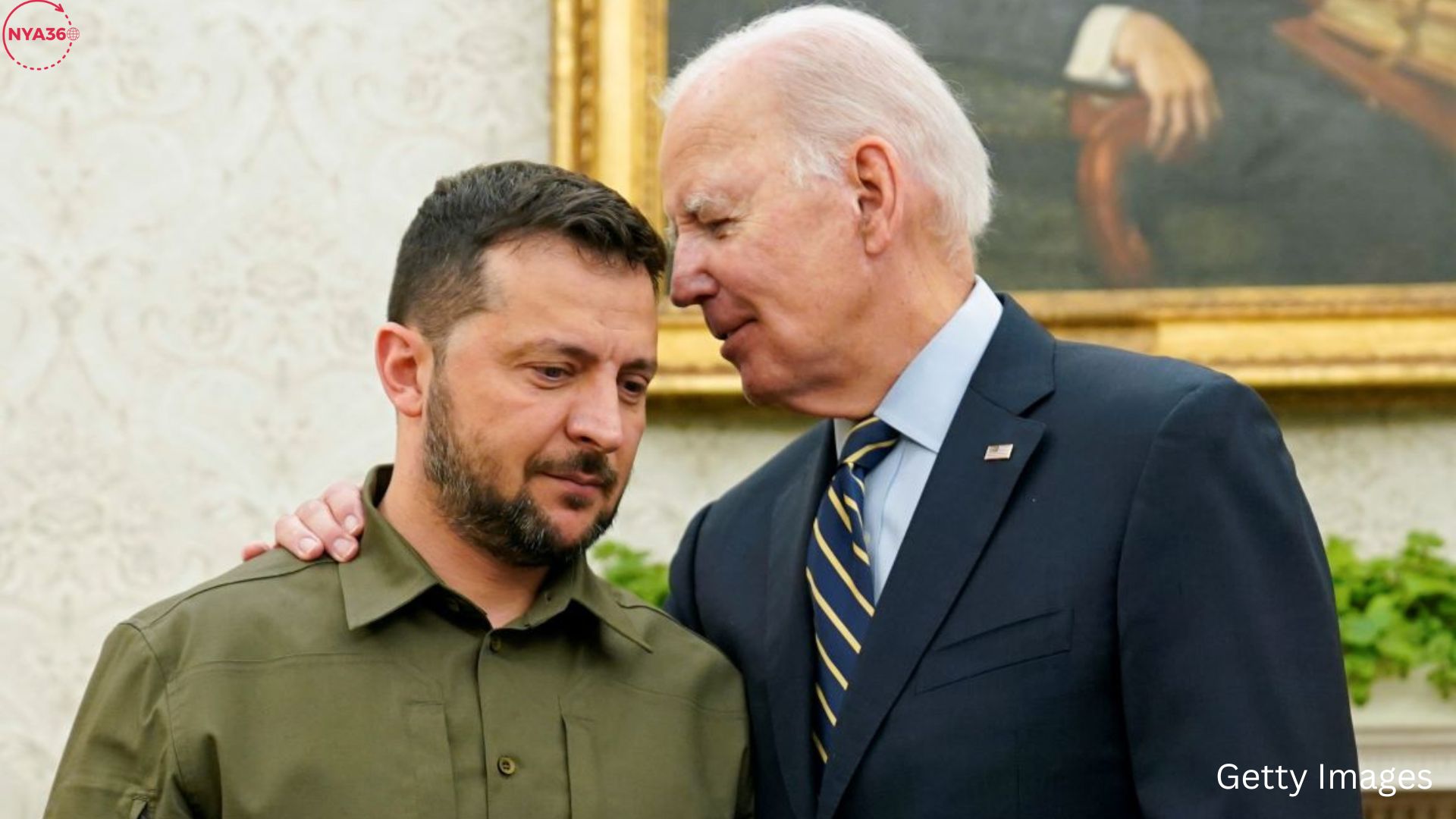There have been rumblings in the past few months about how the Biden administration is becoming increasingly worried about the military strategy and capabilities of Ukraine. The Washington Post reports that despite the United States‘ repeated promises of military and financial assistance to Ukraine, a major problem has arisen: the country’s inability to restock its military forces. Both Ukraine and the United States face strategic issues as a result of this predicament. The former must decide how much military aid to provide without jeopardizing its own defensive capabilities or international obligations.
The Importance of Acting Now
The war in Ukraine has shown the difficulties of maintaining a protracted struggle, which has now lasted for more than two years. Even while it has shown incredible fortitude in protecting its independence, Ukraine has failed to recruit and train its military at the rate that would be required to withstand Russian aggression. U.S. officials, who preferred to remain anonymous, have voiced their displeasure with the Ukrainian government’s unwillingness to reduce the draft age from 25 to 18. The seemingly excessive justification for this action is the pressing need to strengthen Ukraine’s military forces and counter Russia’s significant numerical advantage.
If the ammunition gap between Russia and Ukraine is still wide, at least it has narrowed somewhat, according to one unidentified official. But as far as human resources are concerned, it boils down to simple math and physics. Ukraine is not the object of my criticism. For them, it’s an extremely challenging matter. In particular, they have failed to raise and educate enough troops to compensate for casualties sustained in combat during the past year.
Ukrainian troops are facing a lot of challenges, both in terms of maintaining their manpower numbers and military equipment. This recognition highlights a larger worry. Keeping the draft age at 18 is a balancing act between societal concerns, such as the possible political consequences of increasing conscription among younger men, and military necessity, which the Ukrainian government must preserve.

A Plan for Biden’s Administration Backing
From the start of the invasion in February 2022 until now, the United States government has consistently shown its support for Ukraine by giving significant financial and military aid. The United States has provided almost $100 billion in aid to Ukraine so far, with a large amount going into military gear like tanks, modern artillery, drones, and missile systems. The Washington Post, however, claims that American officials are growing more and more apprehensive about the consequences of this pledge.
In light of the continuing shortage of personnel, American officials have hinted that the current administration may try to get more weaponry sent to Ukraine “at the last minute.” Although this aid is crucial, it makes us wonder if it will drain American arsenals and what effect it would have on other regions where our military is already stretched thin. Policymakers are debating the pros and cons of using these funds strategically to bolster Ukraine’s military in the long run against their obligations to prevent crises in the Indo-Pacific and the Middle East.
The Complex Issue of the Manpower Dilemma
A complex problem reflecting larger tendencies in contemporary conflict and social dynamics, the challenge of mobilizing military personnel is not unique to Ukraine. Economic stress, the mental toll of war, and political considerations are just a few of the reasons that have added complexity to the situation in Ukraine. There might be popular opposition or unfavorable societal reactions if the draft age were lowered, but more men would be eligible to serve. The difficulties of balancing immediate military needs with the need to preserve social stability are shown by this predicament.

Some have criticized the government of Ukrainian President Volodymyr Zelensky for failing to take stronger measures to mobilize the population. One possible explanation for the resistance to lowering the draft age is the widespread belief that young people are being dragged into a war that has already killed so many innocent people. In addition, the Ukrainian military has been moving its attention away from defensive tactics and toward counteroffensive preparations, a complicated maneuver that would call for substantial reserves and strong supply networks.
American Worries About Depletion of Resources
The possible effect on American military stockpiles is an important part of U.S. strategic calculations. The ongoing supply of weaponry has stoked debate over whether the United States has enough stockpiles to sustain its defensive posture while the war drags on. While the United States does have large stocks, military analysts worry that the rapid depletion of weapons for use in Ukraine could leave the US unprepared for unexpected global crises.
Questions over the long-term viability of these efforts have been highlighted by the choice of the Biden administration to continue supporting Ukraine, particularly with new armaments, as the conflict enters its 24th month. The United States should put its military capabilities first, according to critics, to avoid weaknesses. Some worry that cutting off aid to Ukraine will only serve to strengthen Russia and other hostile nations, changing the international security landscape for the worse.
Striking the Right Balance: Helping Ukraine Without Extending Our Hands Too Far
The Biden administration may have to find a middle ground by looking into ways to assist Ukraine’s mobilization without overstretching American resources. Possible steps include strengthening training programs and forming strategic alliances with European allies to divide up military money and weapons. The United States budget could take a little hit if European nations upped their defense spending, but if they did, the United States and its allies could work together to help Ukraine more effectively.
Furthermore, without significantly altering the proposed plans, it would be prudent to advise Ukraine to make use of its current assets, including reservists, in order to alleviate the manpower crisis. Greater results may be achieved without the urgent need for additional recruits if investments were made in better training, logistics, and military coordination among allied states.
An Important Turning Point for American Policy
The Biden administration is faced with a dilemma as Ukraine maneuvers through these challenging times: maintain strong support to avoid Russian domination in the country, or realign military aid to protect American preparedness and strategic interests. The decision’s outcome will have far-reaching consequences for the conflict’s direction as well as for U.S. foreign policy and military posture in the future.
The issue also highlights the wider consequences of conflicts in the modern era. The war in Ukraine has shown how crucial it is to have a strong combat force that is both trained and prepared, how valuable allies are strategically, and how complicated the network of social, political, and economic elements that influence military decisions. Global observers will keenly study the unfolding dynamics as Ukrainian leaders face the difficult choice of increasing their draft and the United States plays its role as a prominent sponsor. We can only hope that by working together, thinking strategically, and committing to our common values, we can resolve this situation in a way that respects Ukraine’s independence and strengthens international peace and security.
Follow us on social media: Instagram, Threads & Twitter X @nya360_ YouTube & Facebook @nya360.





